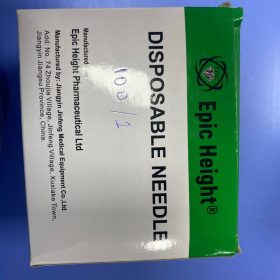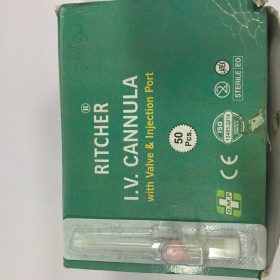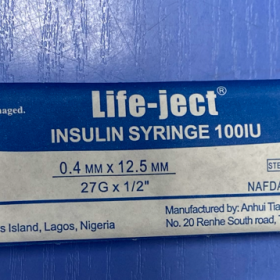- Your cart is empty
- Continue Shopping

Product
SCALP VEIN SET
₦0
A scalp vein set, also known as a butterfly needle or winged infusion set, is a medical device used to access small veins, typically in the scalp or hand, for intravenous (IV) injections or blood sample collection. It consists of a thin, flexible tube with a small needle at one end and “wings” on the other end for ease of handling.
A scalp vein set, also known as a butterfly needle or winged infusion set, is a medical device used to access small veins, typically in the scalp or hand, for intravenous (IV) injections or blood sample collection. It consists of a thin, flexible tube with a small needle at one end and “wings” on the other end for ease of handling. Here are some key points about scalp vein sets:
- Vein Access: Scalp vein sets are often used to access superficial veins, such as those on the scalp, back of the hand, or wrist. They are commonly used in pediatric and neonatal care when it may be challenging to access larger veins.
- Applications: Scalp vein sets are used for various medical purposes, including administering medications, fluids, or blood products, as well as for drawing blood for laboratory tests.
- Butterfly Needle: The butterfly needle is designed for easy insertion and reduced trauma to the veins. It is typically secured in place with adhesive tape to prevent accidental removal.
- Needle Gauge and Length: Scalp vein sets come in various needle gauges and lengths to suit different patient needs and clinical requirements.
- Sterile: These devices are single-use and sterile to minimize the risk of infection.
- Healthcare Setting: Scalp vein sets are commonly used in healthcare settings, such as hospitals, clinics, and laboratories, and are typically administered by trained medical professionals.
It’s important for healthcare providers to use scalp vein sets with care and skill to minimize patient discomfort and complications. If you have specific questions or concerns about the use of a scalp vein set, it’s advisable to discuss them with your healthcare provider or the healthcare professional administering the procedure.






